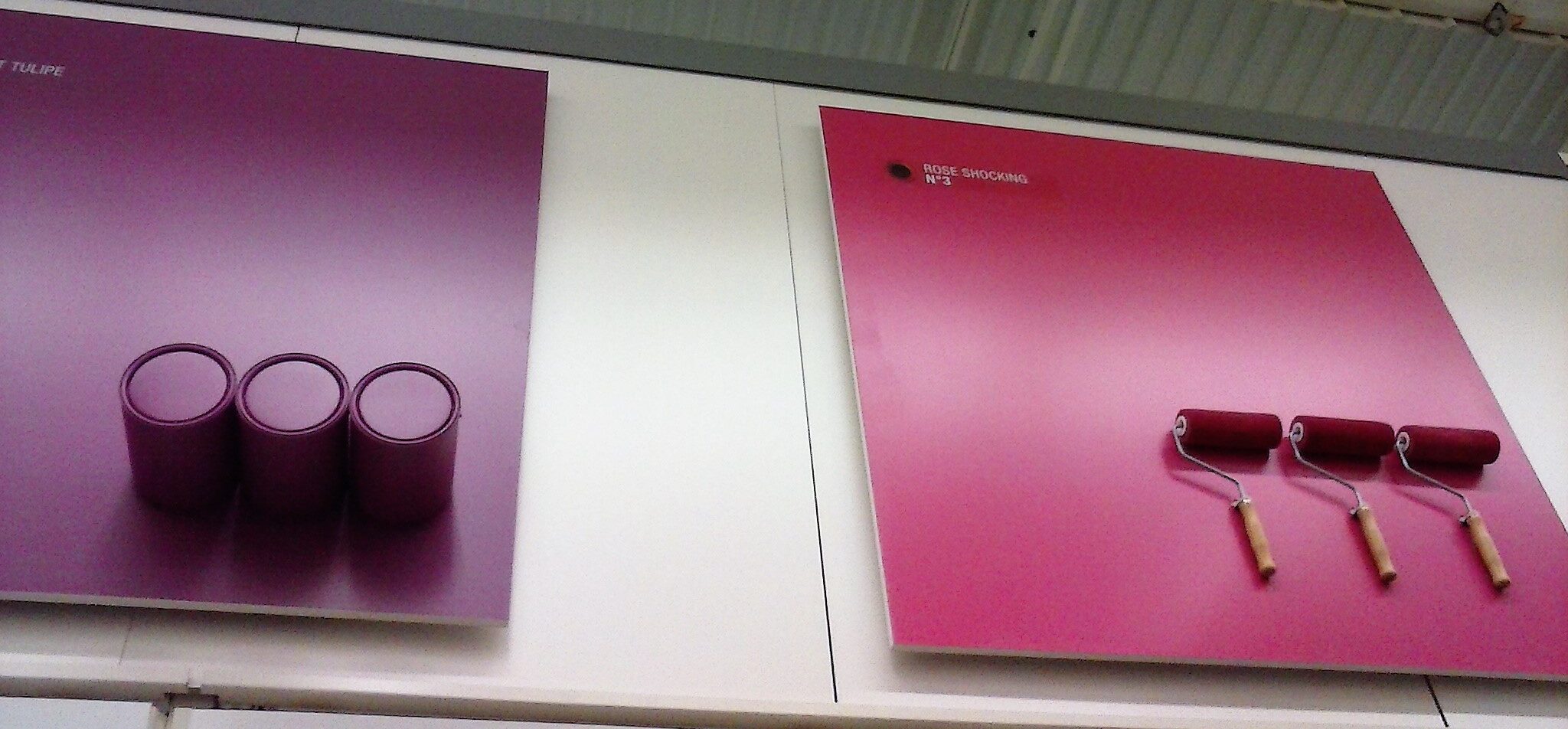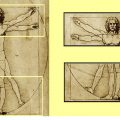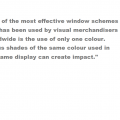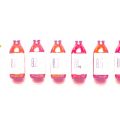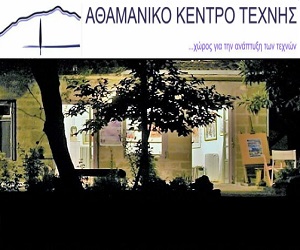Some basic tools and schemes to consider when coordinating merchandise presentations do not require a high level of expertise, but they result from the fundamental principles of design (the basic elements and principles of design are Emphasis, Balance and Alignment, Contrast, Repetition, Proportion, Movement). Below is provided a shortcut for the Pyramidal composition, Balance, Repetition and Colour based schemes.
Pyramid
Pyramidal composition is a powerful tool in any kind of presentations, where objects and figures are placed within the outline of an imaginary triangle or pyramid on the picture plane. The pyramid was even Da Vinci’s favourite way of composing figures in his transcendent painting. Nevertheless using pyramids and triangles when composing products is a common and effective practice in displaying.
Repetition
Repetition usually means something is important. The minimum repetition of three products or objects makes a whole impression and a complete statement.
An odd number of repetition of products or items is usually more effective than an even number of them, as it seems that the first one makes more impact. That is a secret between designers of all kinds.
Balance
Symmetrical balance works great in case of quality or expensive merchandise on display. Placing the same product in an equilibrium usually gives the sense of importance.
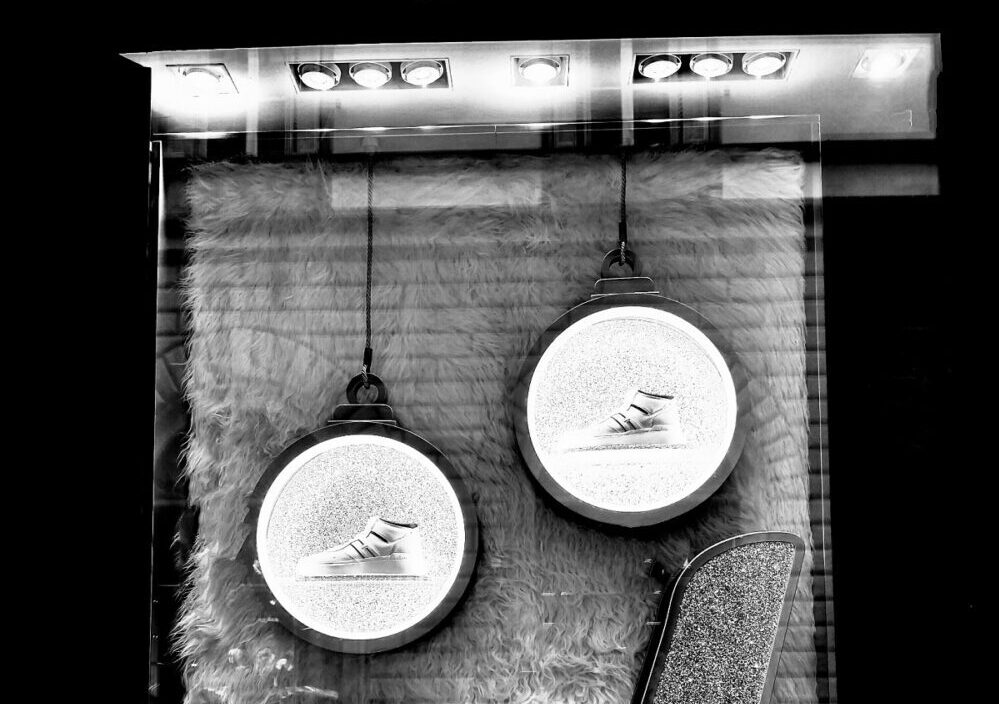 Colour
Colour
Colour handling is of great importance and has its own rules. For example too bright colours in the background emphasize and enlarge products at the forefront, but in exception, they overlap these of pastel colour range. But besides any tool that someone chooses to work with in a display, it is important that potential customers’ eyes move throughout the display, from the dominant merchandise-presentation to the subordinated merchandise-presentation and that all parts have been seen.
But besides any tool that someone chooses to work with in a display, it is important that potential customers’ eyes move throughout the display, from the dominant merchandise-presentation to the subordinated merchandise-presentation and that all parts have been seen.


